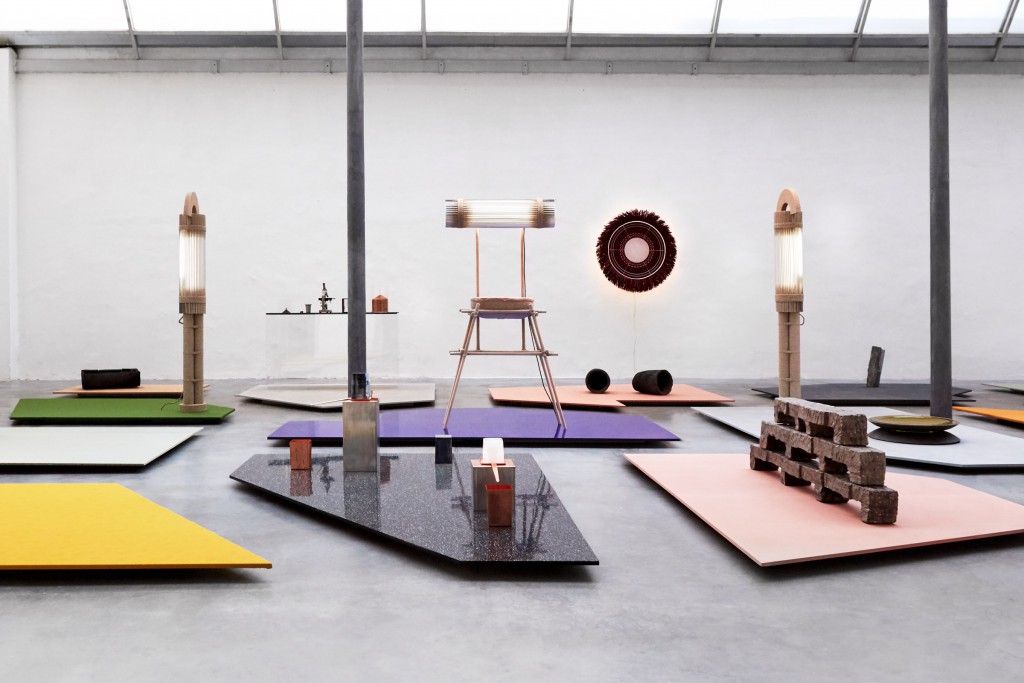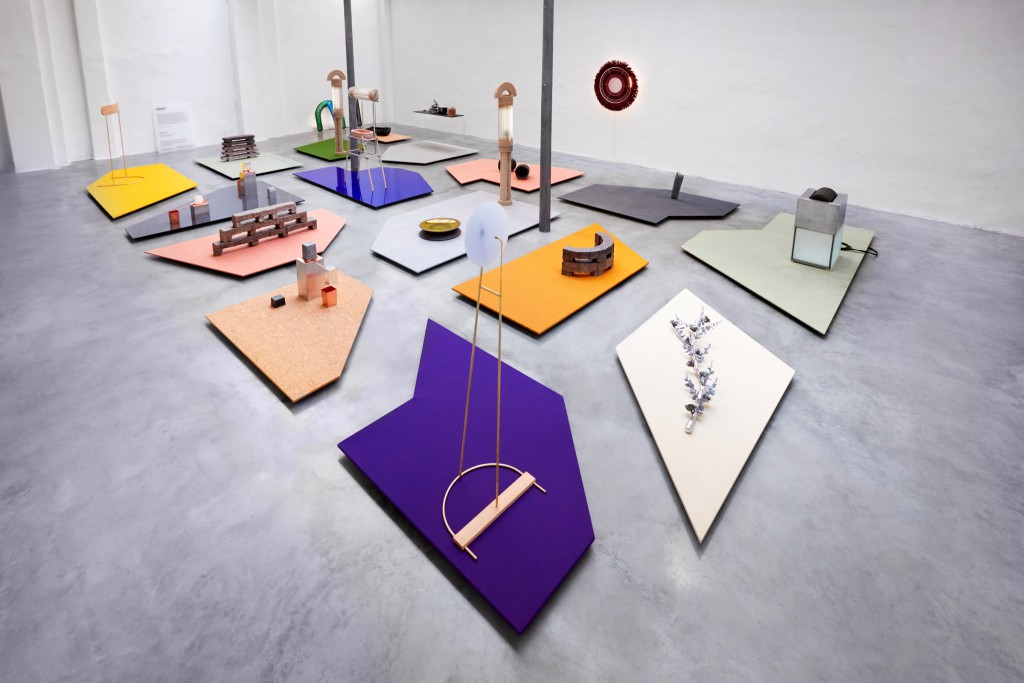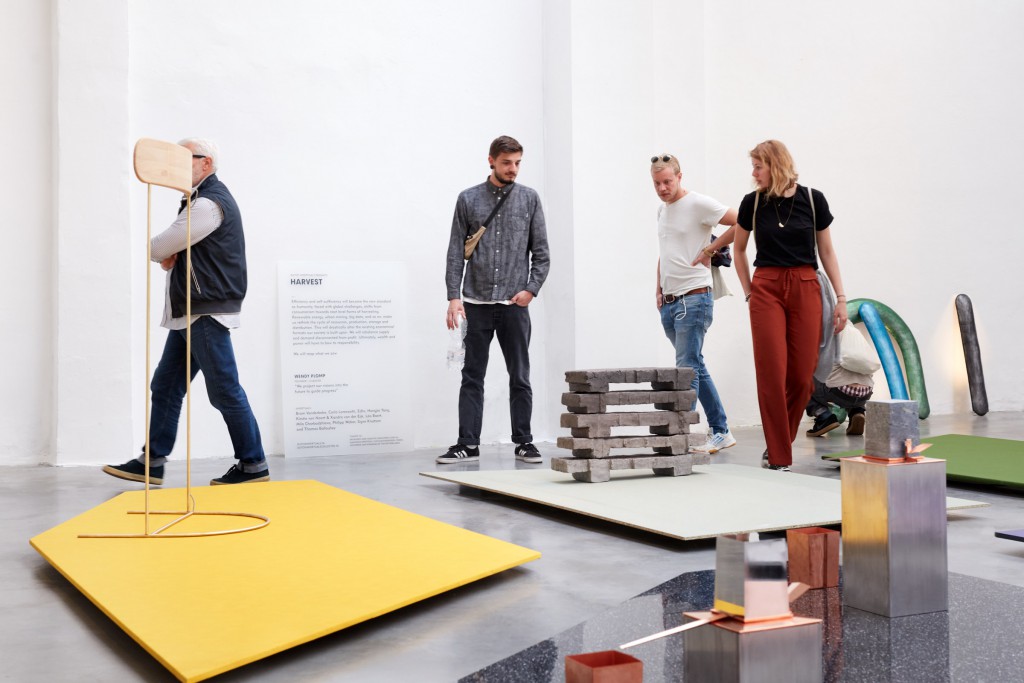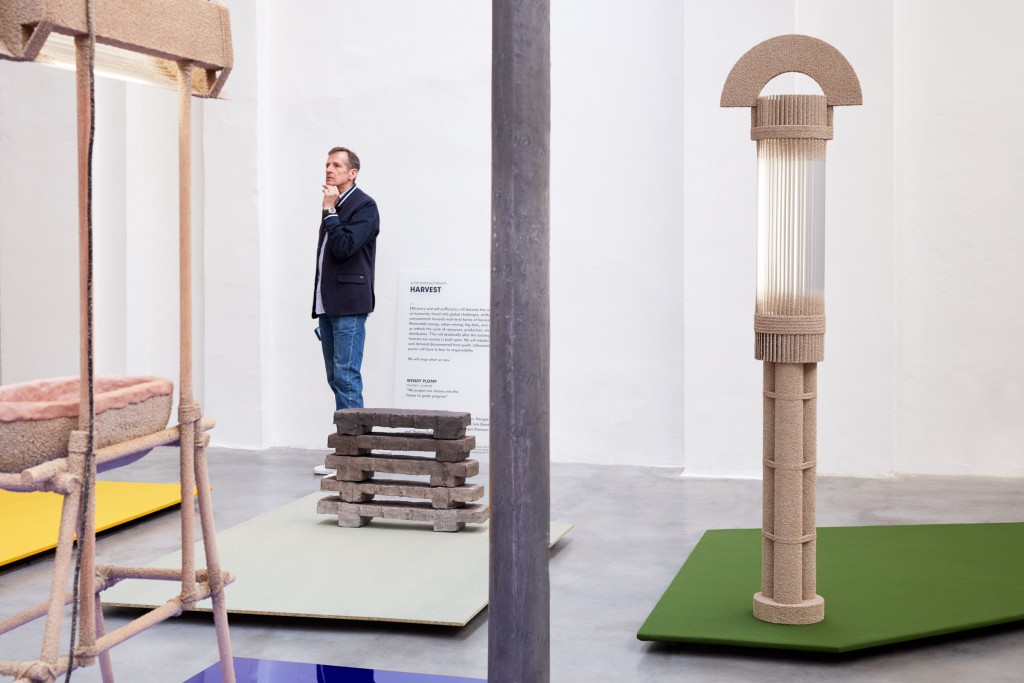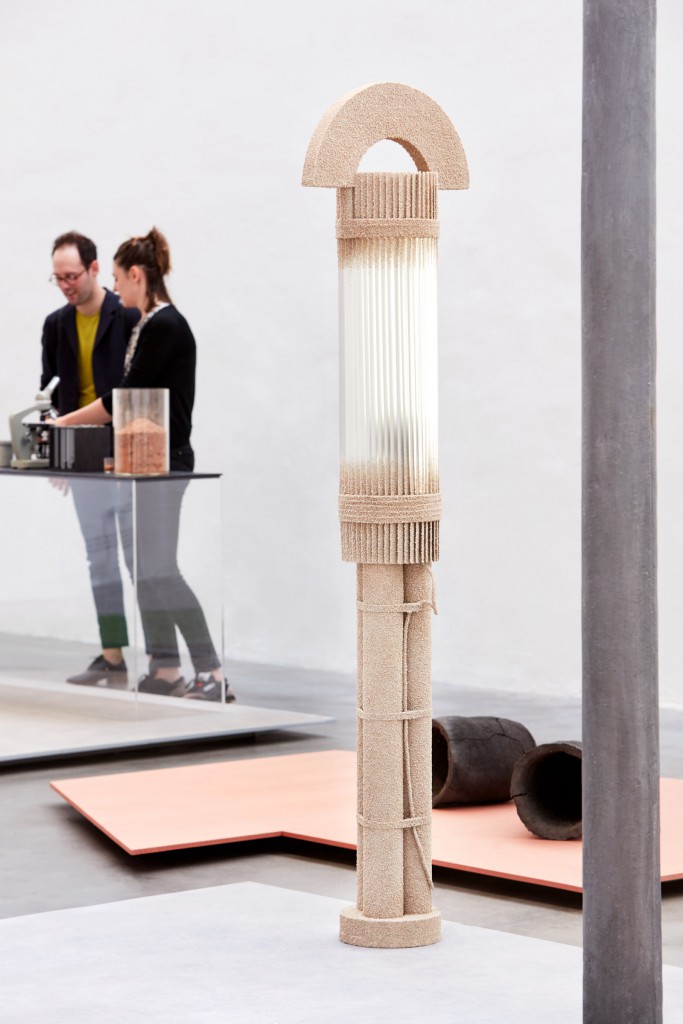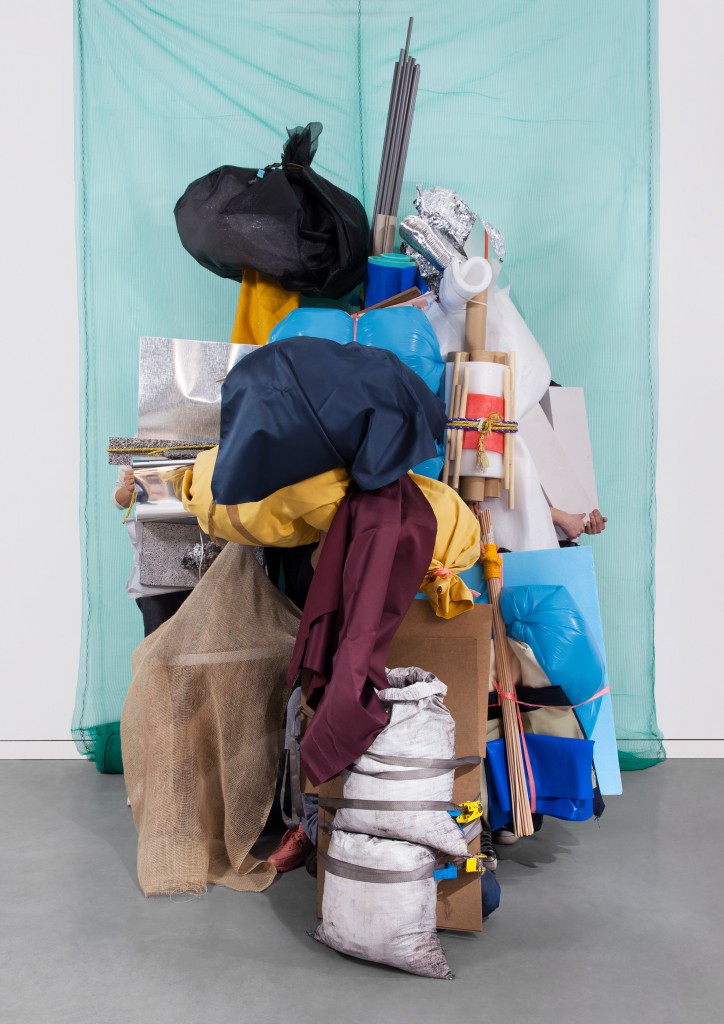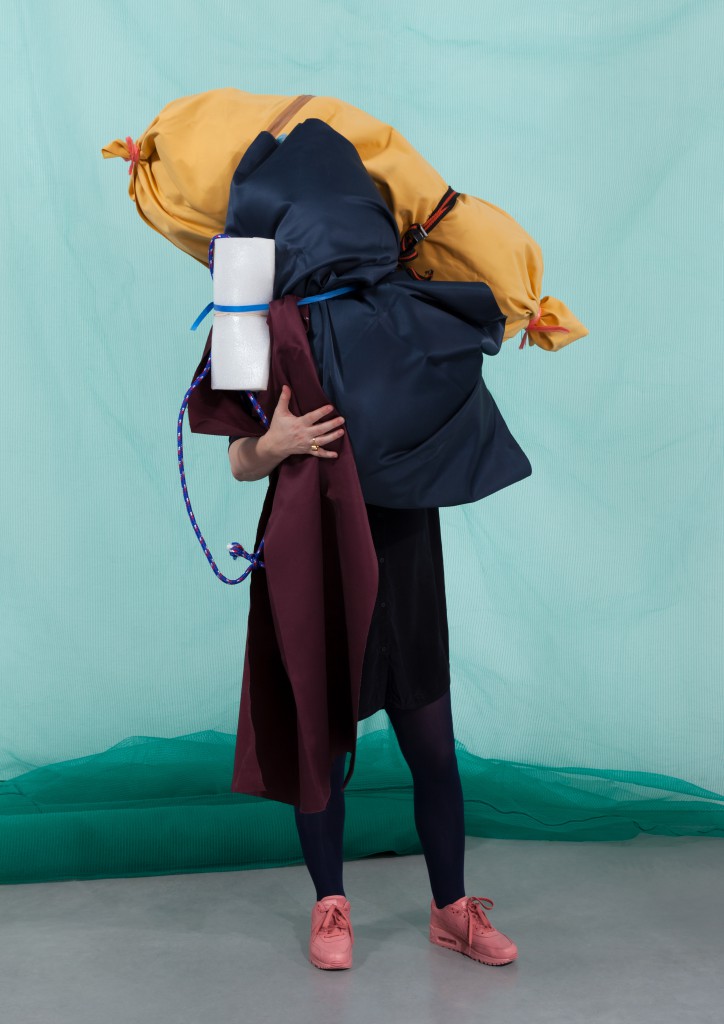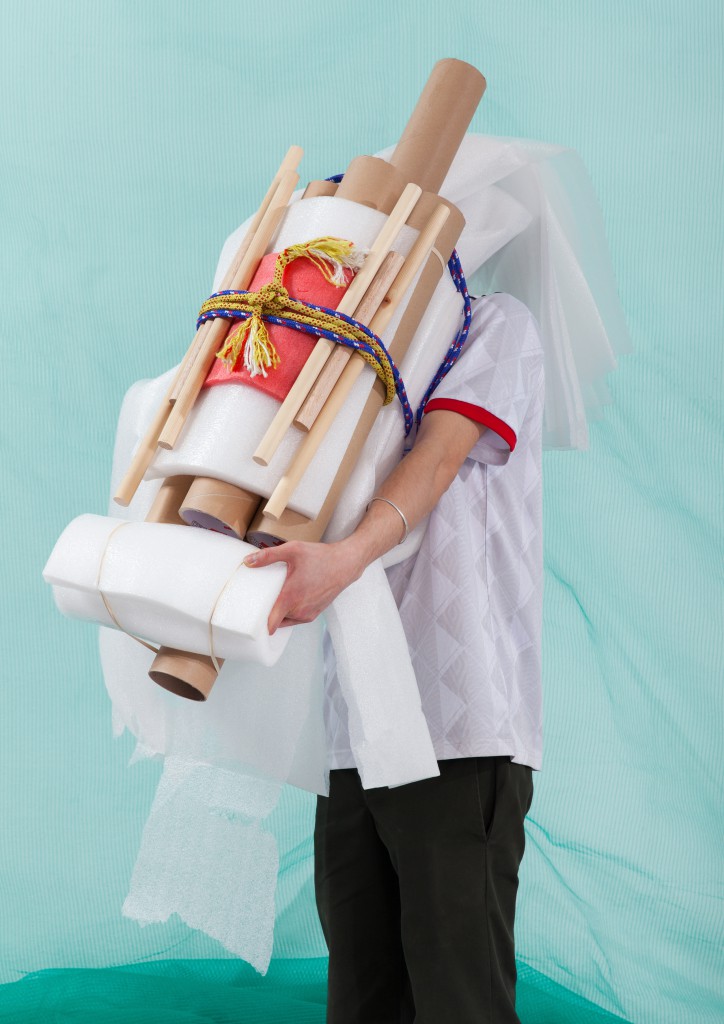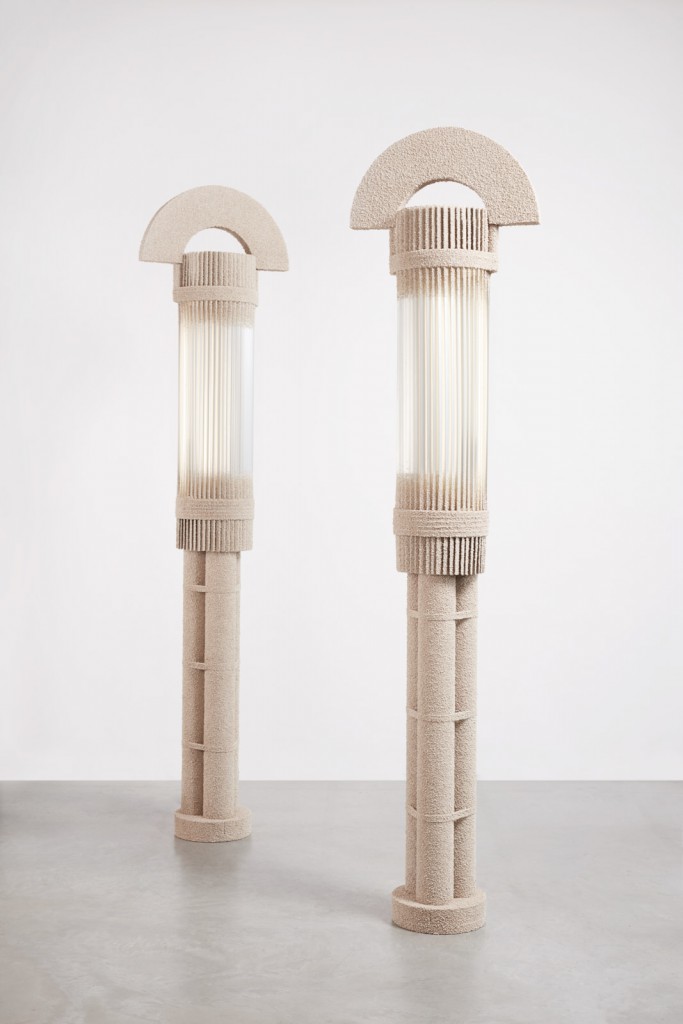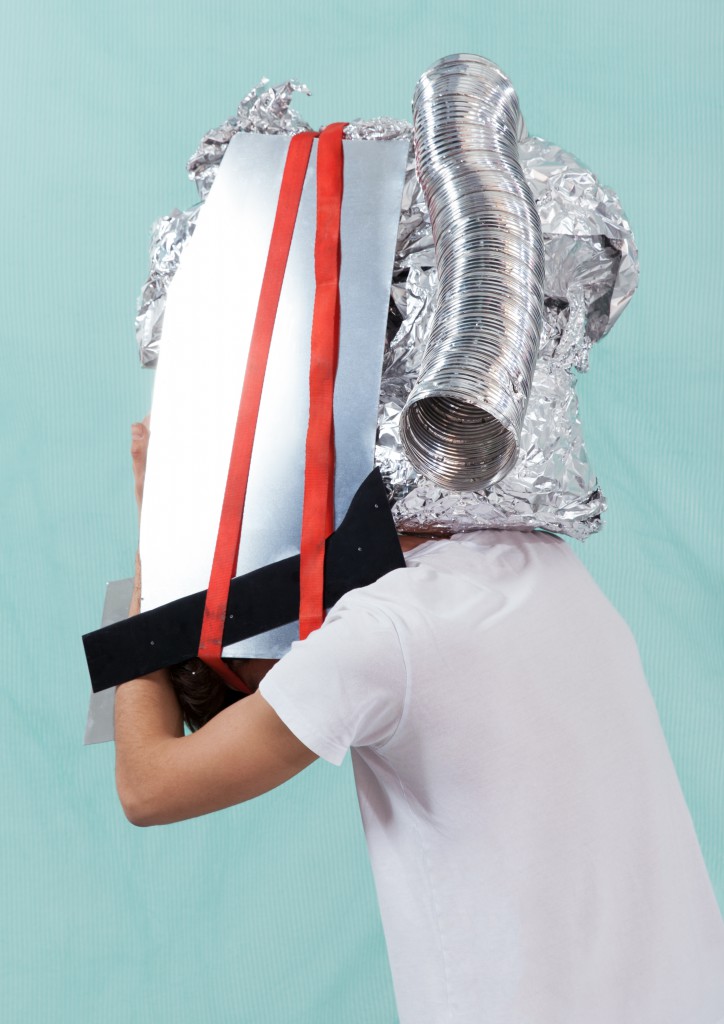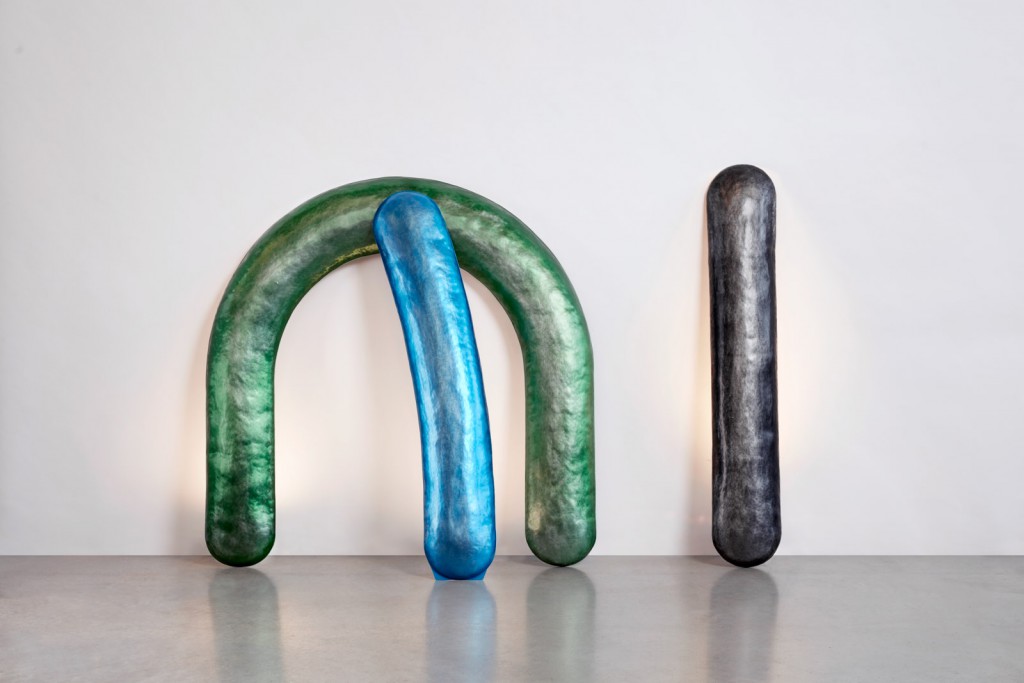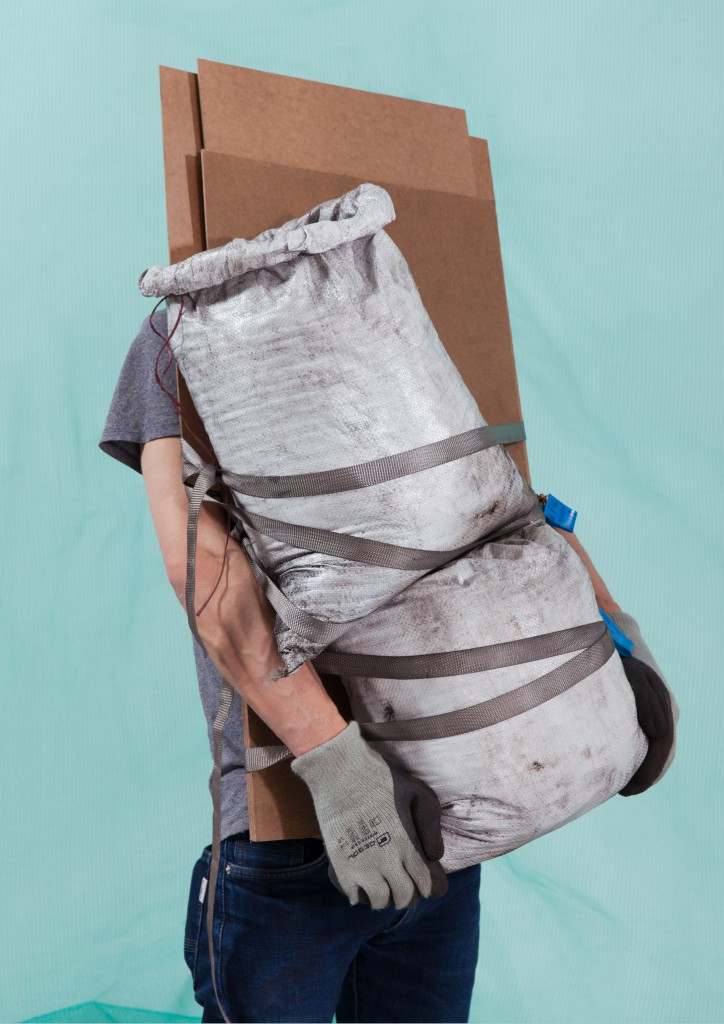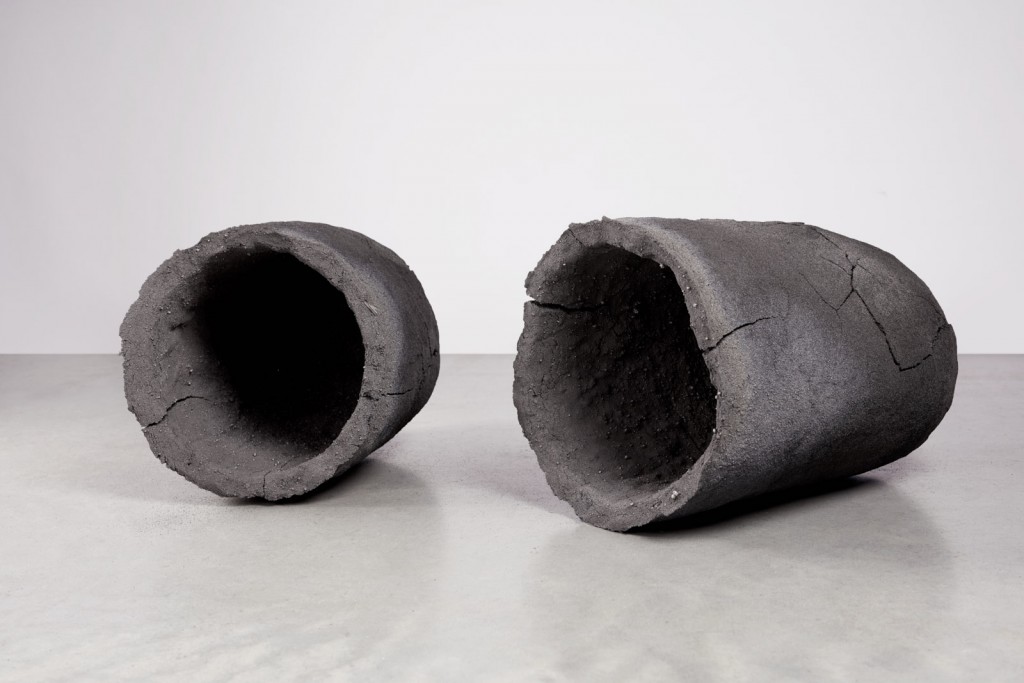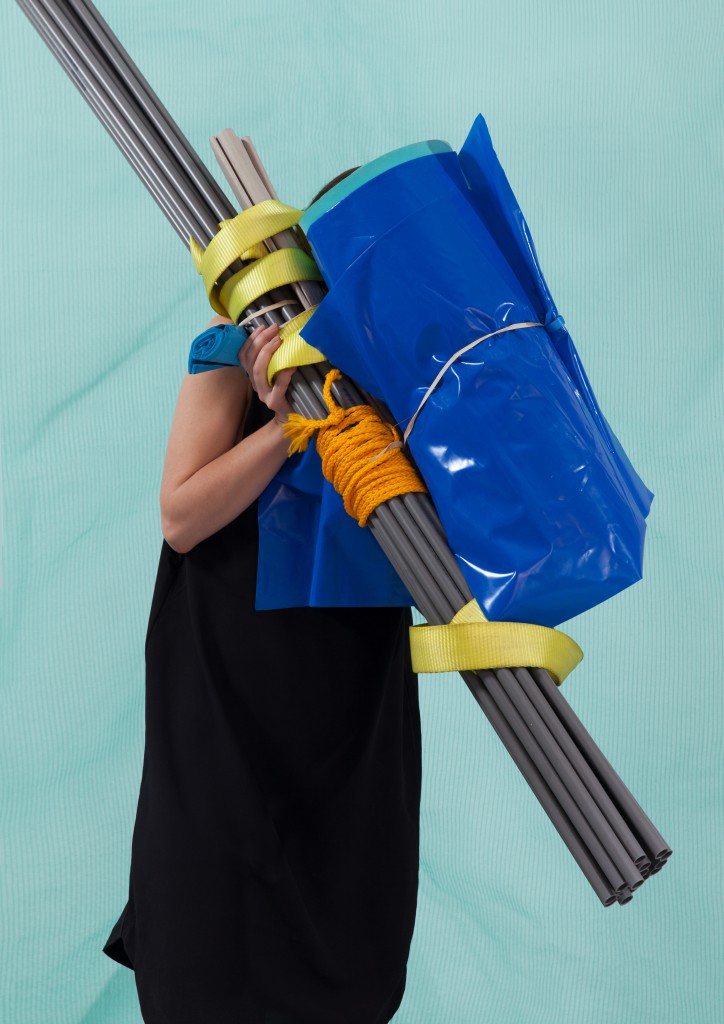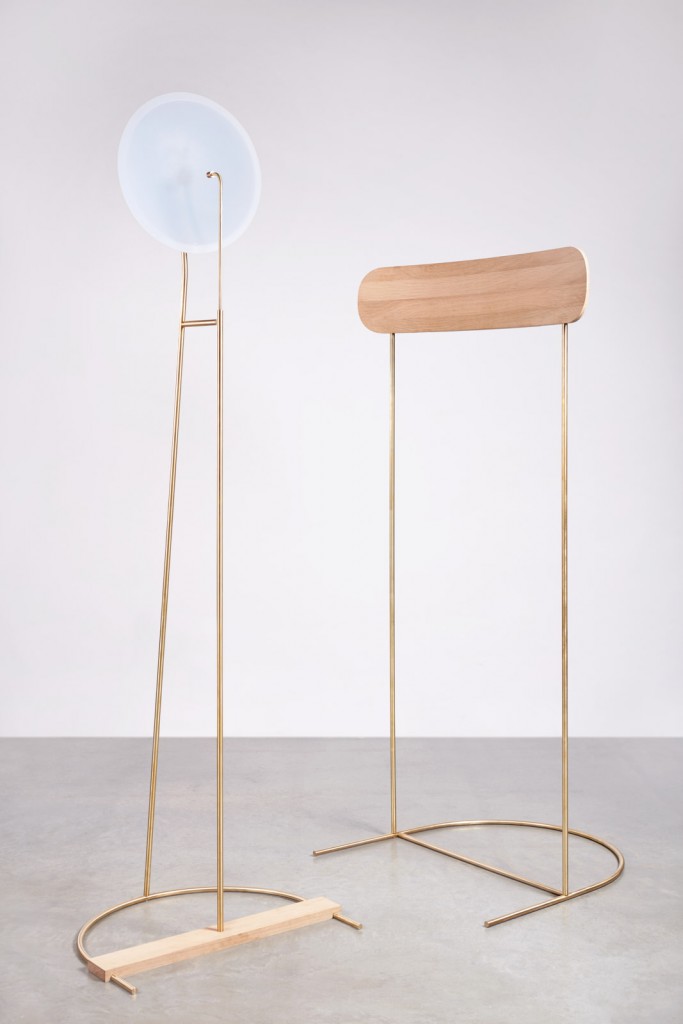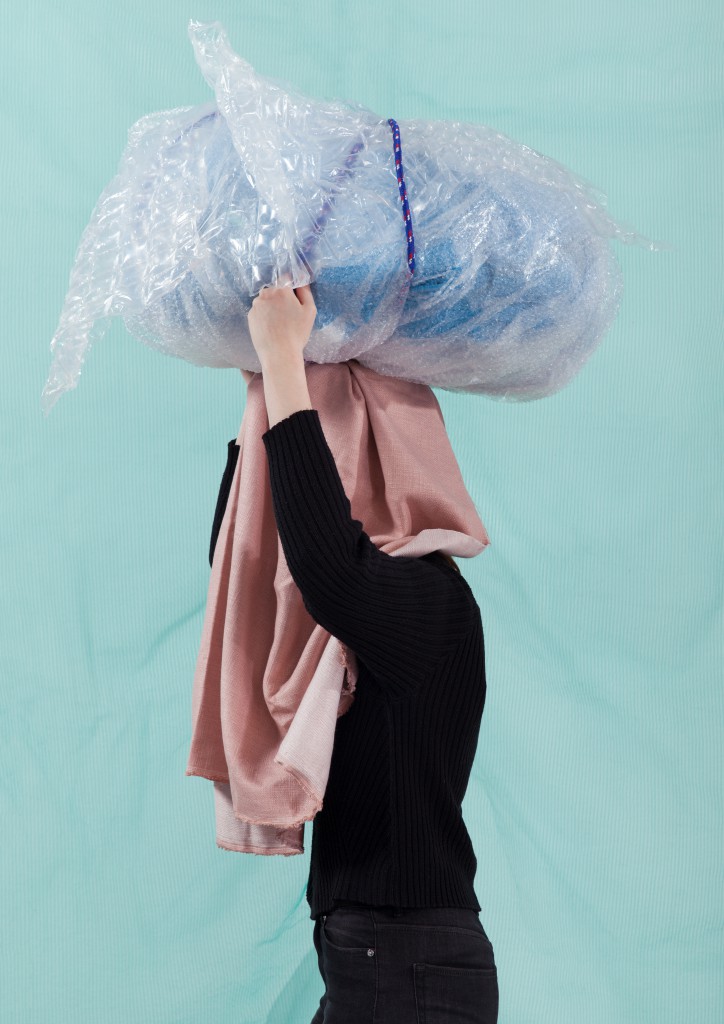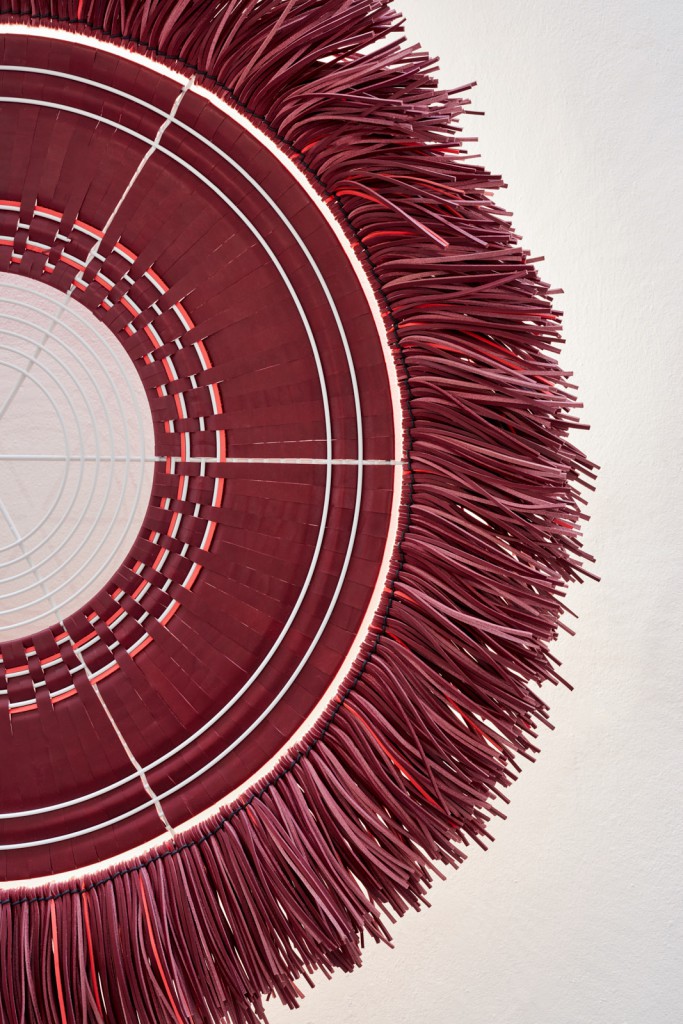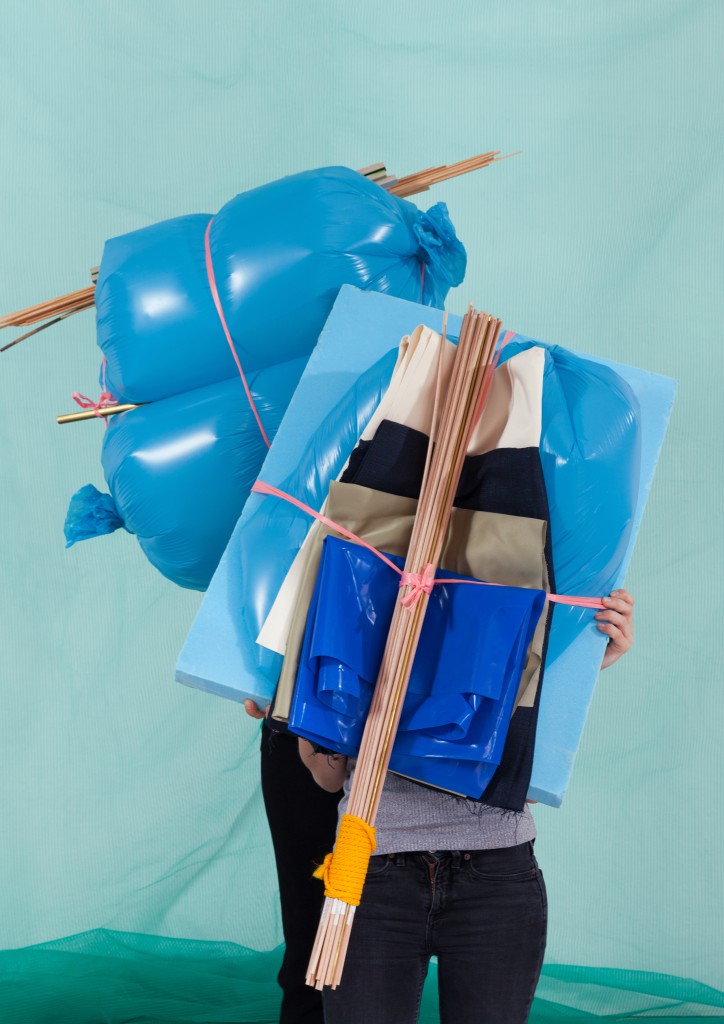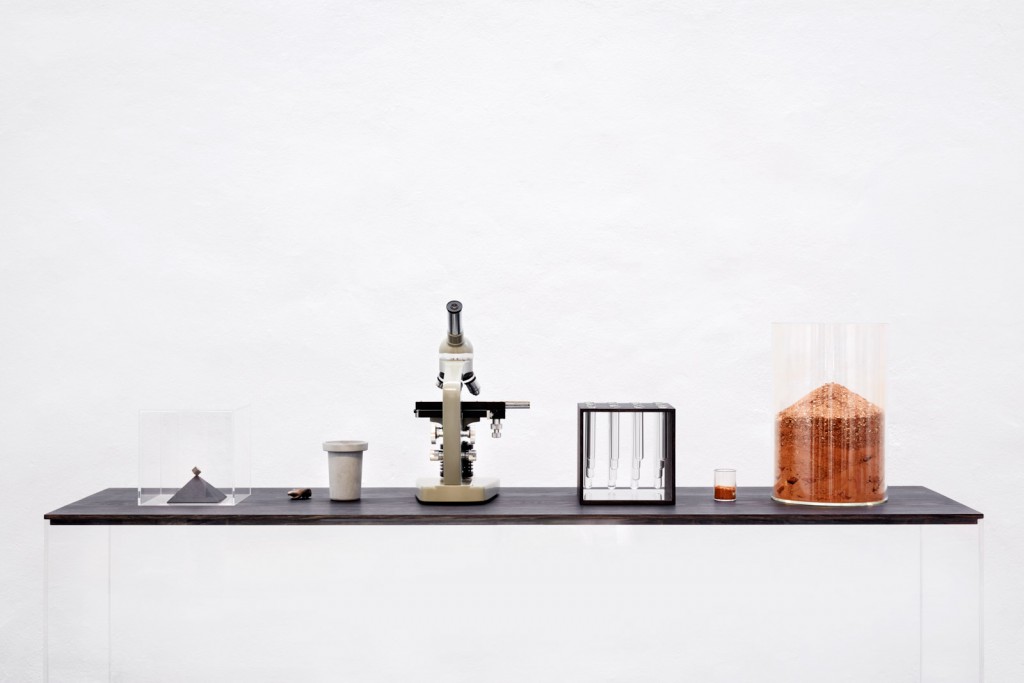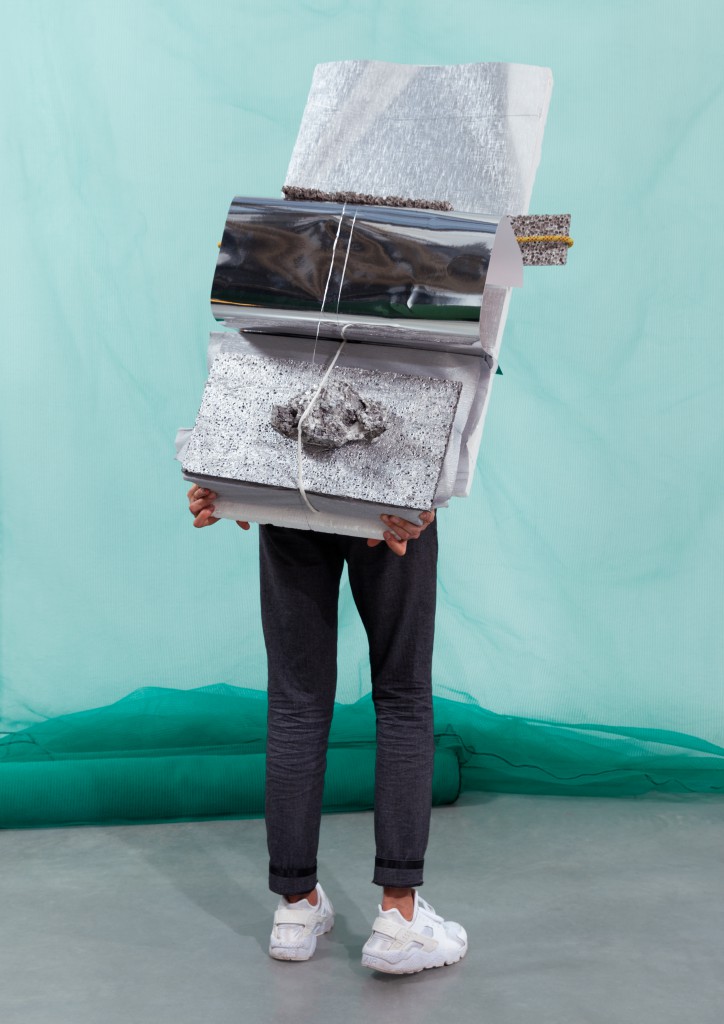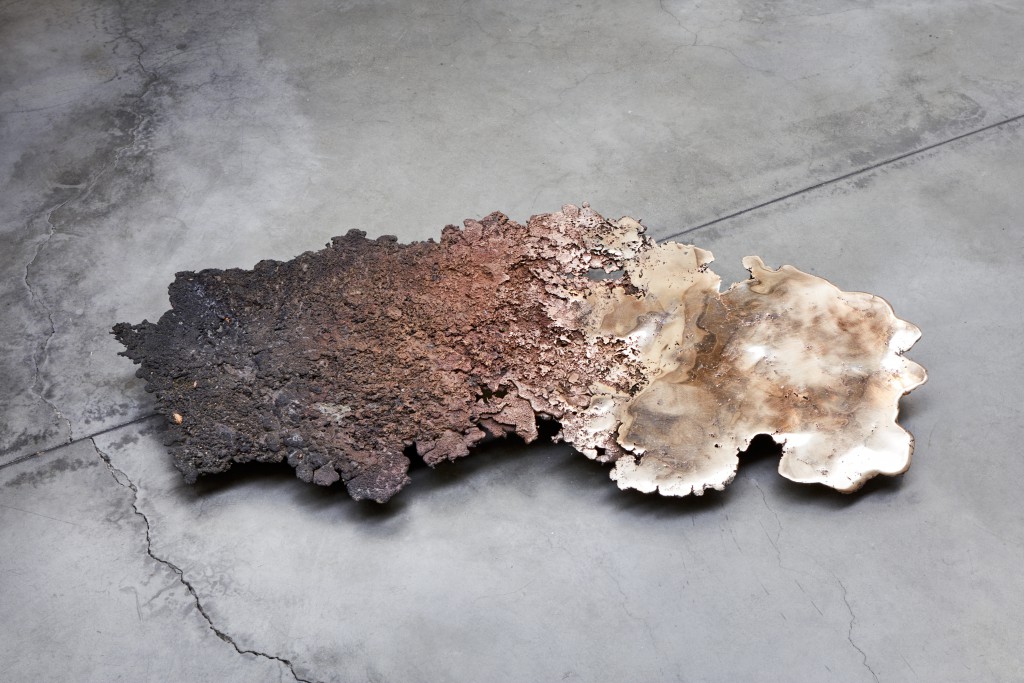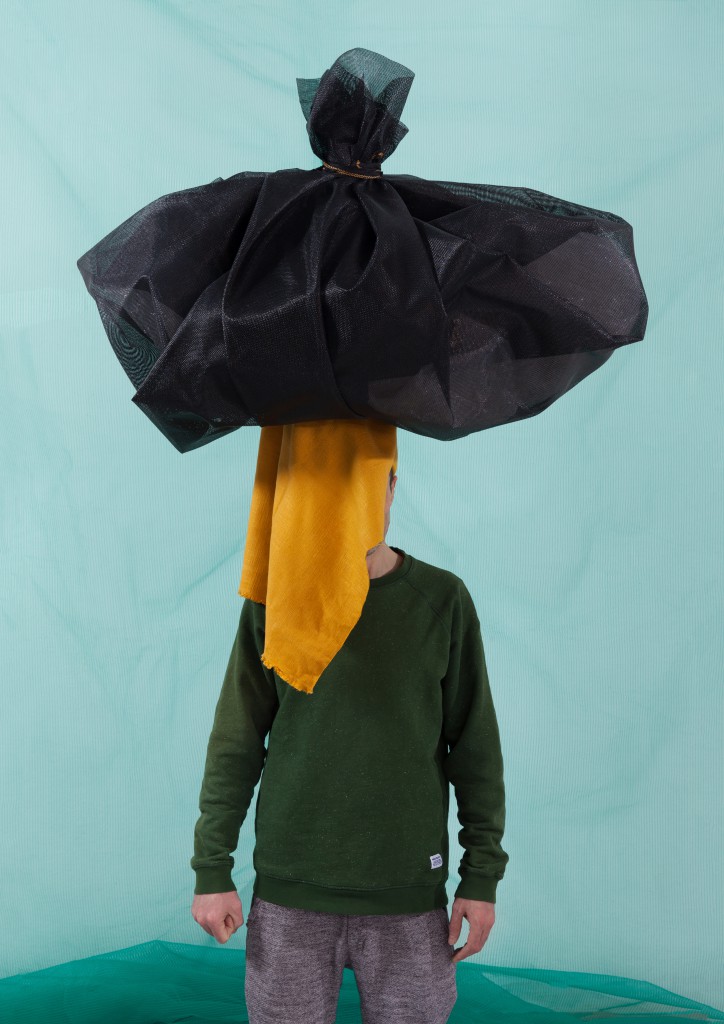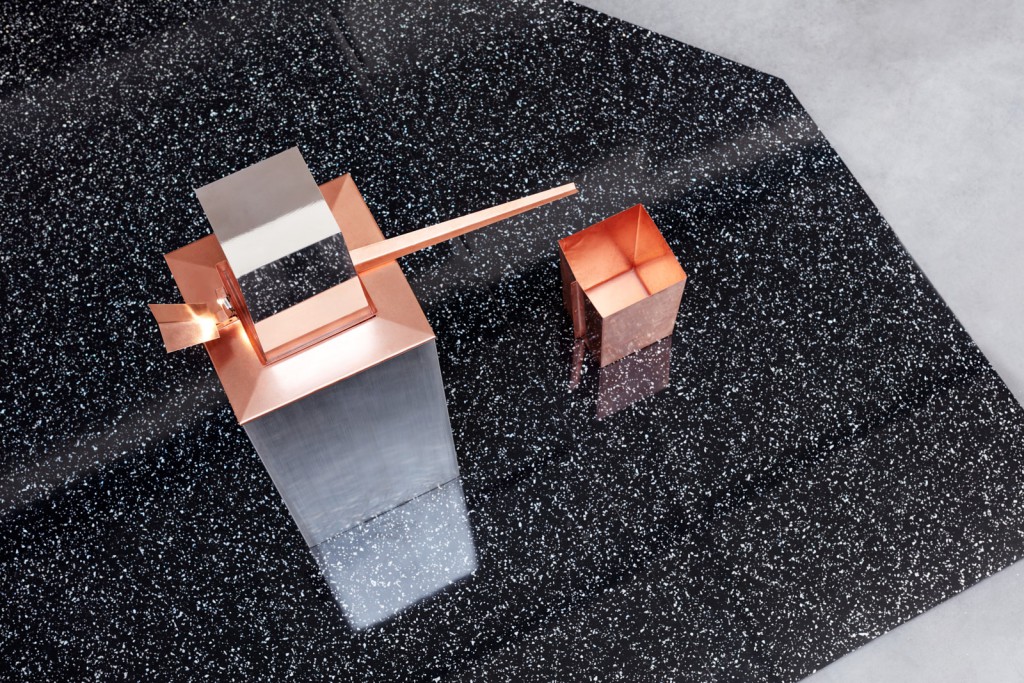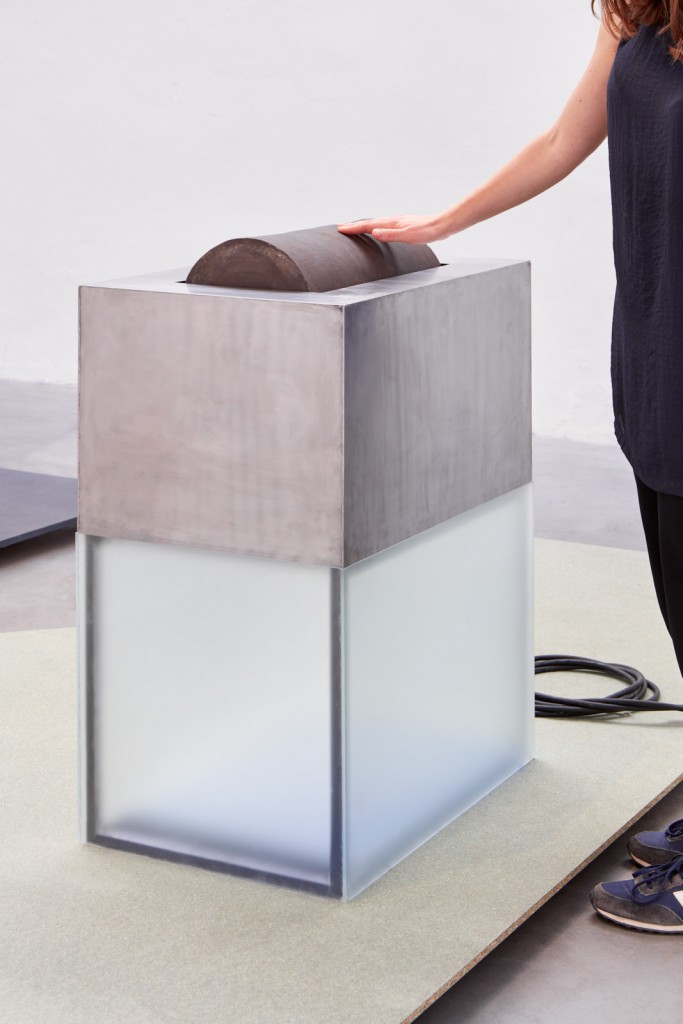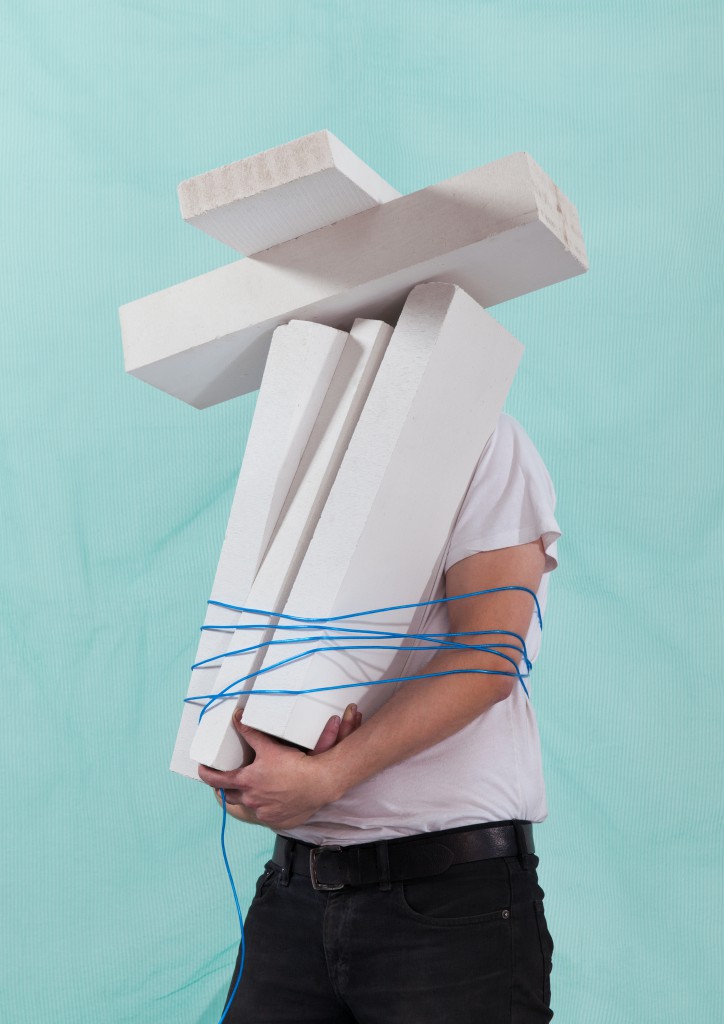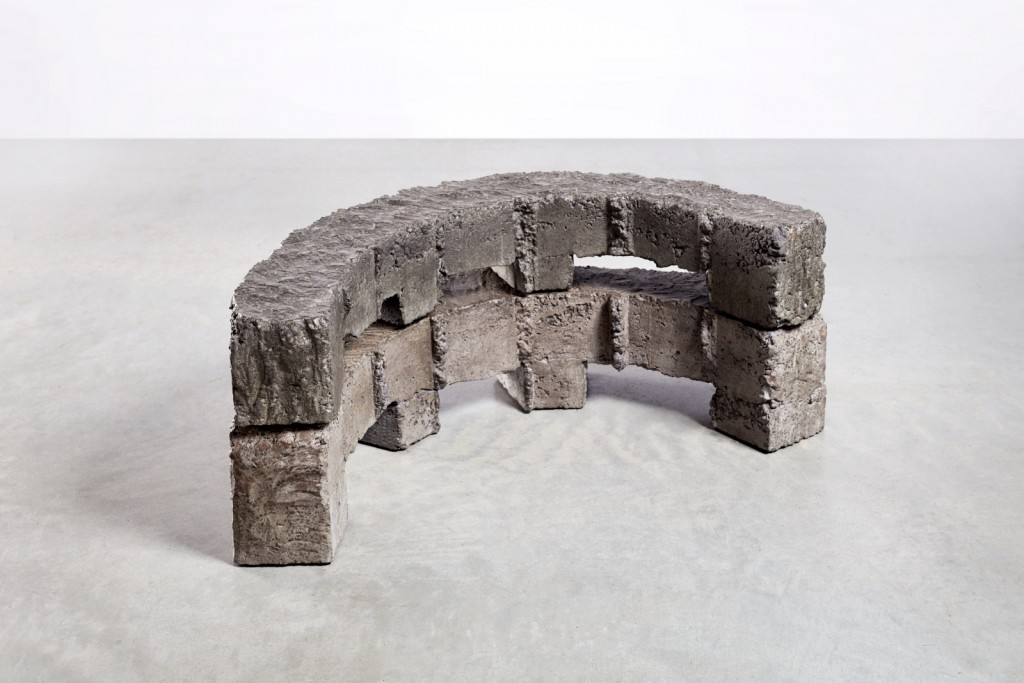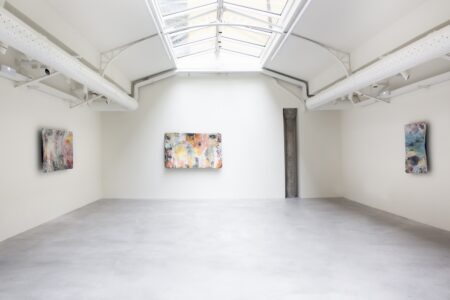Dutch Invertuals’ Harvest
After a successful run in Milan and Paris, Dutch Invertuals’ Harvest showcase traveled to London Design Festival this month. The manifesto-like collection revealed how young design talents are finding new efficient and self sufficient ways to practice and address the pressing issues of today and tomorrow: calling for a drastic change in economics; our consumption and production.
Does design have the ability to change the course of humanity and its habits? For better or worse, the obvious answer is apparent in material culture, advertisement, and mass consumption. It is perhaps better to ask whether or not design can inspire change through less conspicuous means: conceptual speculation, bold material experimentations and reoriented approaches; reconfigured function and poetic expression; elements that seem to borrow from the exalted realm of non-functional fine art. However, such a judgement marginalises the important leaps the expanded field of design has made in the past few decades, and even more so in the past 10 years.
Incorporating the even more downplayed but crucial domain of craft, young talents have forged a transcendent redefinition of design that sheds hierarchy and cliché; the belief that the discipline should only answer consumer demands with simple, stylised solutions. In fact, it is through bold reconsideration and reconfiguration that the very notion of function is addressed. Works no longer fall into the traditional categorisations of furniture, lighting, graphics, and fashion design but rather reveal a more holistic yet essentialist methodology. Today’s talents have drawn a balance between the polarities of abstraction and application.
Eindhoven-based curatorial initiative Dutch Invertuals – headed by Wendy Plomp – has brought together a fledgling group of emerging talents; from, based, or having studied in the Netherlands. Since 2009, 15 collective exhibitions have addressed both bitterly realistic and ethereally romantic themes through non-polemic yet proactive means; emulating much of what makes the field dynamic today. Always based on a thematic prompt, the showcase reveals nonconformist designs that challenge the conventions of use, materiality, and form. Dramatic scenographies support rather than overpower the various works on show. Too often conceptual work relies heavily on message rather than accessible aesthetic presentation. Matching the aptitude of its growing talent base, Dutch Invertuals exhibitions always seduce the eyes.
This year’s Harvest showcase traveled to Milan Design Week in April, D’Days Paris in June, and the London Design Festival this month (21-24 September, at the Old Truman Brewery). Featuring works by Bram Vanderbeke, Bastiaan de Nennie (featured in TLmag 26), Carlo Lorenzetti, Edhv, Hongjie Yang, Kirstie van Noort & Xandra van der Eijk, Léa Baert, Mila Chorbadzhieva, Philipp Weber (featured in TLmag 26), Sigve Knutson, Thomas Ballouhey, and Tijmen Smeulders, the exhibition undertook the complex and timely issues of self-sufficiency and efficiency. The theme took an cautionary yet optimistic stance in light of the political, social, and environmental crises ahead. Far from the traditional cradle to cradle codification of sustainability, the philosophy was expanded upon with profound questions about our production cycles, economic systems, and modes of consumption. The Harvest exhibition text made a bold statement about our future: “We will rebalance supply and demand disconnected from profit. Ultimately, wealth and power will have to bow to responsibility. We will reap what we sow.”
Projected as a future-proof manifesto, the collection of works on view not only demonstrated the latest push toward advanced material experimentation and highly visceral treatment but also how these talents are looking back to primal fundamentals to shape their own resourcefulness. Working in a time of tight budgets and shifting cultural norms, many have used these constraints to establish flexible practice; working with uncommon components to create direct solutions or alluding metaphors that spark awareness.
Philipp Weber looked to the personal and societal history of coal production in Germany’s Ruhr region and produced new objects from its byproduct using an newly developed technology. The resulting From Below vessels were a glaring reminder of humanity’s role in environmental degradation but also as a sustainable solution that repurposes waste material. as above, so below was developed by Kirstie Van Noort and Xandra van der Eijk to alleviate rapidly depleting natural resources. The speculative project, presented as a science lab, considered the potential of extraterrestrial matter, a renewable material than falls to earth by the tons each year. Poetically yet pragmatically, Van Noort and van der Eijk proposed the idea of a new stardust mining industry. Hongjie Yang explored the ‘wicked concept’ of the anthropocence: the complete control and manipulation of nature by man. Metallic Transformations was conceived symbolically as a new ‘natural’ material produced using thermal spray; a new aesthetic for an overwhelming artificial environment. Amongst the various projects, the prevalence of a new archeology, raw matter recently generated, and pressing briefs that demand reuse uncovered a new zeitgeist; built with a primal sense of survival and unlimited intuition.
